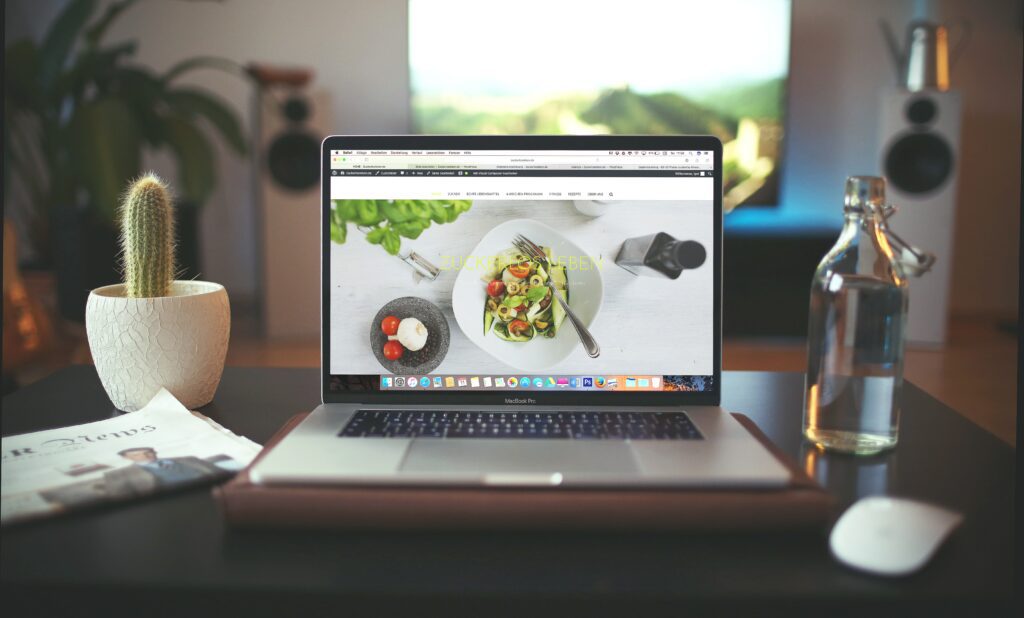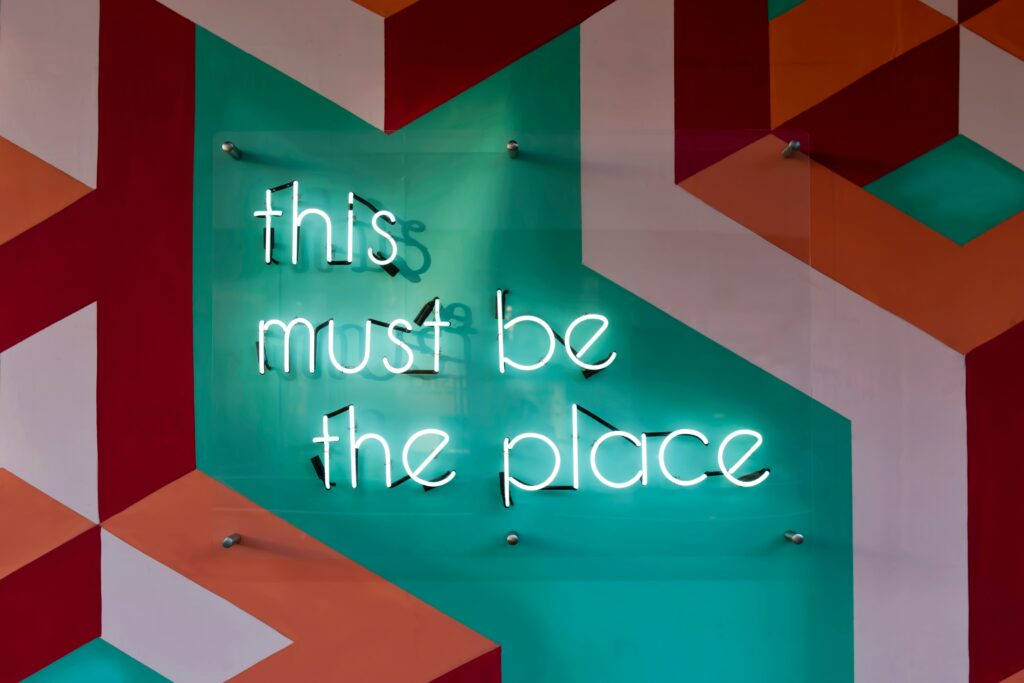As you browse, read and shop around the internet, you will visit several landing pages each time.
A landing page can be the designated page you’re taken to when you click on an ad, or it can be the page that follows a call-to-action button. Regardless of how you end up on the landing page, its primary purpose is to encourage you to convert to a lead/customer which is the main goal for any website. For that reason, landing pages are a specifically powerful part of a business’s digital marketing strategy and require lots of attention and detail when it comes to web design and website maintenance.

What is a landing page?
A landing page is a website page with a specific purpose with the main objective being to convert readers into leads. While there are many types of landing pages the intent is the same throughout. Landing pages typically have one of five purposes:
- Encourage a visitor to click on another page or links.
- Make a purchase.
- Encourage a visitor to give his/her permission and information for a follow-up (by email, phone or mail).
- Encourage referrals.
- Get a visitor to learn something, or leave feedback.
When potential customers visit a website landing page via organic search, PPC, social ads or email marketing, they’re showing interest in the specific value proposition or product shown on that landing page. However, a landing page isn’t enough to drive a final purchase or action by itself and must avoid issues such as bounce rate.
That’s where the best practices come in.

How to create a landing page
There are specific ways you can organize the content and page to drive conversions, and eventually produce sales. Here are some of the key best practices that are included in creating a successful landing page.
Creating the perfect headline
A headline will be the first thing that customers/readers will see, meaning it must be engaging, informative and to the point. It’s also important that this headline covers the offer available and indicates some type of benefit to the customer. This will make them stay on the page and hopefully find what they are looking for.
When creating your landing page headline, it’s also crucial to take SEO into consideration and choose a title which optimises the page and will be successful in terms of search rankings.
High-quality, relevant imagery
65% of people remember information which has been paired with relevant images, meaning adding high-quality imagery to a landing page will make your content more memorable and enticing. It is although, important to remember that imagery can also be distracting and if not completely relevant, could cause confusion. Not only should your images be inspiring, innovative and engaging, but they should be carefully positioned to inspire the reader to action.
Compelling copywriting
Following your headline and imagery comes the main bulk of copy, and there’s no point starting well and losing your readers halfway down the page. Your landing page copy needs to be clear, and straightforward and should guide your visitor to the action you want them to complete in a simple yet informative way. Compelling copy also speaks directly to the visitor by using “you” and “you’re” to make them feel engaged and offer a more personal experience.
Effective CTA’s
Your call-to-action (CTA) button is the most significant part of your landing page as this is the way that new leads are formed in your system. Without a CTA, you don’t get possible new customers, and the rest of the copy and images on your page aren’t effective. Successful CTAs can increase your conversion rate by tens or even hundreds of percentage points so it’s really important to get the wording, placement and design right.
Visitors need to feel driven to click on the CTA button and can be influenced through persuasive language, personalisation and design techniques. In terms of CTA design, your button colour should contrast with its surrounding elements to really stand out, have an alternative font and use a question or a statement.
Simple forms
When a customer clicks a CTA or a certain service page in order to complete their action, the last thing they want is to have to fill out 20 questions and spend several minutes filling out a form. The final form a customer fills out should be simple and only really cover the basics. These forms will typically cover the standard questions such as name, email, contact number, place of residence and any other relevant information such as job title, company URL or age.

Website Design and Website Maintenance
Imaginaire is a web design agency based in Dubai UK, offering a wide range of digital marketing services to industries and businesses. Our specialist marketing teams are experts in web design, website management, PPC, SEO, content, social media and e-commerce, meaning whatever your business needs are, we’ve got the resources to help you out!
Get in touch with our team on 0115 971 8908 or fill out one of contact forms to gets started with your new online business venture!


